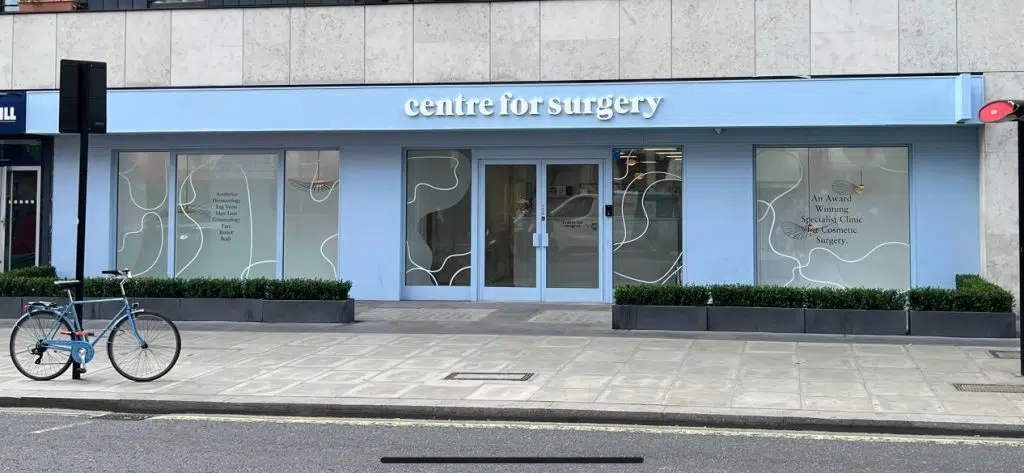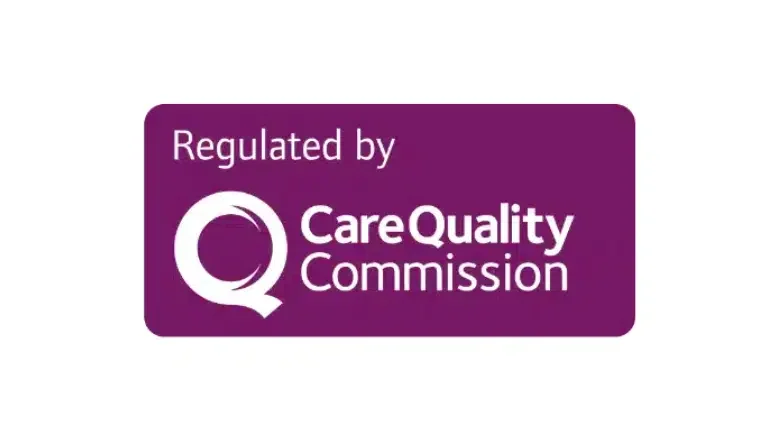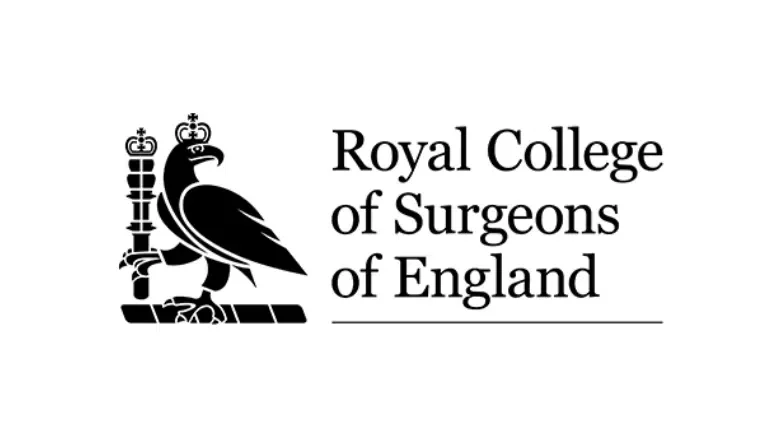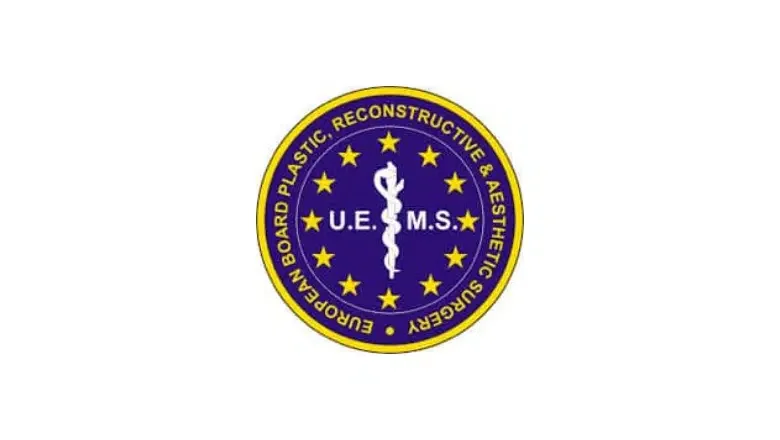Revision gynecomastia surgery, alternatively referred to as gynecomastia revision surgery, represents a follow-up intervention in cases where an initial male breast reduction operation has not met the desired or expected standards. For those unfortunate men suffering from enlarged male breasts who have experienced disappointment in the wake of their first gynecomastia surgery, a revision procedure can often yield impressive outcomes.
RELATED: Gynecomastia Surgery FAQs – Q&A about Male Breast Reduction
Performing gynecomastia revision surgery often presents a more intricate challenge than the initial surgical intervention. Every single case warrants a meticulous examination and evaluation, as the procedure necessitates considerable expertise to rectify any discernible deformities or apparent depressions.
Commonly, gynecomastia revision surgery involves the need for further removal of tissue and precise sculpting. In certain circumstances, the procedure may necessitate the incorporation of fat flaps or fat grafting techniques. The efficacy of these additional procedures hinges on the professional capabilities, knowledge, and practice of the plastic surgeon in question, all of which contribute to the likelihood of achieving the most advantageous outcomes.
Centre for Surgery, located in the heart of London, is a top plastic surgery clinic home to exceptionally adept plastic surgeons. Boasting over three decades of experience in performing gynecomastia surgery as well as its revision counterpart, our team is committed to delivering bespoke surgical strategies tailored to the unique symptoms and grades of gynecomastia presented by our patients. In fact, many patients from across the UK and beyond entrust their gynecomastia revision surgery to the adept hands at the Centre for Surgery.
Various research undertakings in the field of gynecomastia have approximated that around 20% of men might find themselves needing a second surgical procedure. It has been noted that men presenting with grade 2 gynecomastia symptoms are most likely to be dissatisfied with the outcome of their first surgery, with an estimated 35% needing a subsequent intervention. By contrast, our accomplished surgeons, have managed to attain a high degree of patient contentment, reflected in an impressively low rate of 1 to 2% of patients requiring a gynecomastia revision surgery subsequent to their initial procedure.
Gynecomastia Revision Surgery at Centre for Surgery: An Overview
At our modern, state-of-the-art surgical facility nestled on Baker Street, our team of proficient surgeons undertakes various surgical procedures, including gynecomastia revision surgery. Holding a steadfast commitment to achieving the highest possible outcomes for each procedure, our surgical team works diligently to ensure every patient’s experience is carefully managed and tailored to their needs. Emphasising a patient-centred approach, our surgeons dedicate ample time to comprehending each patient’s unique concerns and objectives.
RELATED: How to Avoid Botched Gynecomastia Surgery
Our team performs gynecomastia surgeries for over a hundred men annually, consistently focusing on maintaining and enhancing the professional standards in this specific field of surgery and patient care. As we navigate this journey, we continue to learn, evolve, and refine our techniques and approaches.
We bring a wealth of experience to the complex task of gynecomastia corrective surgery. We acknowledge that it is entirely natural for individuals to harbour feelings of apprehension regarding the prospect of undergoing a second gynecomastia surgical procedure. Rest assured, our expert surgeons are prepared and eager to provide comprehensive answers to any queries or concerns you may have.
If you’re considering your options and would like to delve deeper into what a gynecomastia revision surgery might entail for you, we invite you to schedule an in-person consultation at our Baker Street clinic. Our dedicated surgeons are always prepared to provide insightful guidance and expertise, helping you to make an informed decision about your path forward.
Top Three Reasons for Undergoing Male Breast Revision Surgery
Initial Male Breast Surgery Performed Using Solely Liposuction Without the Excision (Removal) of Breast Gland
Liposuction, in essence, only eliminates fat cells and decreases the volume of fatty tissue. It is, however, inadequate when addressing gynecomastia symptoms arising from the growth of glandular tissue. Excess breast gland tissue plays a significant role in this condition and can either be solid and firm, or be constituted of a softer, fibrous tissue network. Regardless of the form it takes, the surgical removal of this tissue is indispensable for achieving successful results after a male breast reduction procedure.
Pseudogynecomastia, a condition in which the excess breast tissue is primarily composed of fatty tissue instead of glandular tissue growth, can sometimes be addressed solely with liposuction. However, many instances of pseudogynecomastia also involve surplus skin that necessitates surgical excision. Modern liposuction techniques, which encompass ultrasonic liposuction, tumescent liposuction, smart liposuction, and sharp liposuction cannulas, are highly sophisticated and excel at removing fatty tissue. However, these techniques cannot extract the breast glands, which are often implicated in male breast tissue growth and gynecomastia symptoms.
Previous Male Breast Reduction Surgery Involving Gland Excision and Liposuction Was Overly Conservative
Several physicians adopt a “do-no-harm” approach, given that rectifying the over-removal of tissue presents a more significant challenge. In some instances, this conservative approach to plastic surgery can result in residual breast fullness. Our surgeons are always open to consulting with previous gynecomastia patients about their unique scarring situations and objectives to deliver the most appropriate advice for their condition.
Crater Deformity Following Gynecomastia Surgery
A crater deformity, also referred to as “sunken nipples,” is a recognised complication of gynecomastia treatment. This deformity often necessitates revision gynecomastia surgery due to the following contributing factors:
Excessive breast tissue was excised beneath the nipple-areola complex, leading the nipples to “sink” below the chest contours. Insufficient tissue was removed from around the nipple-areola complex. The nipple-areola complex has adhered to the underlying pectoralis muscle. Any combination of the above three factors. Treatment for a crater deformity will depend largely on the root cause of the issue. However, the use of fat grafting with fat injections can often rectify the problem, creating a smooth and proportionate chest structure. If the deformity arises from the skin adhering to the muscle, revision surgery can liberate the skin from the scar tissue. In certain cases, a combination of all three techniques may be required.
Additional Complications Necessitating Gynecomastia Revision Surgery
There are several other circumstances under which gynecomastia revision surgery may become a necessity. The most prevalent among these include:
- Excess or sagging skin necessitating further excision: Post-initial surgery, some patients may still be left with an excess of skin that is loose or sagging, requiring further surgical intervention for a taut and smooth appearance.
- A poor blend of fatty tissue in the armpit area with chest contours: If the fatty tissue in the armpit area stands in stark contrast to the contours of the chest, it can create an unbalanced and unnatural appearance. This is another reason for considering a revision surgery.
- Unrealistic expectations from the patient: In certain situations, the outcomes of the initial surgery may not meet the patient’s expectations, primarily if these expectations were impractical or unrealistic to begin with. This can lead to patient dissatisfaction and prompt the need for revision surgery.
The central elements of gynecomastia revision surgery involve the additional excision of breast glandular tissue, fat tissue, and, in some instances, surplus skin. This process aims to engineer a harmonious, natural-looking, and well-contoured chest. In all instances, your surgeon will discuss your expectations in-depth, tailoring your corrective procedure to ensure the most favourable result is achieved.
Gynecomastia Revision Surgery: Frequently Asked Questions
What is the advisable waiting period before undertaking revision surgery after initial gynecomastia surgery?
Swelling may take up to a year to fully subside, and scar tissue continues to soften during this time. Hence, we generally recommend waiting for at least four months following the initial procedure before contemplating gynecomastia revision surgery.
What are gynecomastia haematoma and seroma?
A haematoma results from a blood collection, while a seroma is caused by a fluid collection. Both are common complications following gynecomastia revision surgery, with the incidence rate of haematomas following gynecomastia surgery ranging between 5% and 10%. Haematoma symptoms include pain, bruising, and swelling, requiring surgical intervention for blood removal and bleeding control. Drains are typically placed to avert further complications.
How is scar tissue managed after initial gynecomastia surgery?
Scar tissue formation is a natural aspect of the tissue healing process. This tissue can initially be firm and tight, leading patients to believe their gynecomastia may be recurring. The maturation of scar tissue can take upwards of four months, during which consistent massage can help soften it. If the scar tissue remains firm, a steroid injection administered by your surgeon can help soften it and lessen its visibility.
RELATED: What Do Gynecomastia Scars Look Like?
Can I have a scar revision after gynecomastia surgery?
Scar revision procedures are seldom required, given the plethora of ways to lessen scar visibility without needing to excise and resuture the original scar. Should scar revision become necessary, it is typically performed under local anaesthesia.
What is the typical recovery period following gynecomastia revision surgery?
The recovery timeline following gynecomastia revision surgery is typically similar to the post-operative period of initial gynecomastia surgery. Patients requiring only minor additional breast gland and fat tissue removal may experience a slightly accelerated and more comfortable recovery process. Pain can usually be effectively managed with over-the-counter analgesics. Most patients can resume work or daily activities within a week, although physically strenuous activities and lifting should be avoided for about four to six weeks post-surgery. Significant reduction in swelling and bruising is typically observed within four to six weeks, with temporary numbness potentially experienced for 2-4 months. Full sensation usually returns to the nipples and chest area within a year of the revision surgery.
RELATED: Recovery after Gyno Surgery
What is the patient satisfaction rate after revision gynecomastia surgery?
Patient satisfaction rates vary considerably and heavily depend on the surgeon’s expertise. At Centre for Surgery, approximately 50% of the gynecomastia surgeries performed are revision procedures, with our surgeons demonstrating high proficiency in correcting complications or unsatisfactory results.
How much does gynecomastia revision surgery cost?
The cost of gynecomastia revision surgery is variable and largely depends on the intricacies of the complications that require rectification. Most plastic surgeons are willing to perform revision surgery in the first year following initial gynecomastia surgery if the patient is not content with the results. We recommend consulting your initial plastic surgeon before reaching out to us to explore the option of gynecomastia revision surgery. The procedure can sometimes be performed under local anaesthesia, which generally costs less than a procedure performed under general anaesthesia. However, for most cases, general anaesthesia is required to afford the surgeon ample time and ensure maximum patient comfort.
Why Choose Centre for Surgery?
At Centre for Surgery, we pride ourselves on our commitment to clinical excellence, patient safety, and an unparalleled approach to care which sets us apart in the world of plastic surgery.
RELATED: UK Gynecomastia Clinics
Our team comprises some of the most experienced and skilled surgeons in the UK, who have been performing revision gynecomastia surgery for over 30 years. Our surgeons are technically adept and demonstrate a unique understanding of the aesthetic aspect of surgery. This unique combination of skills allows them to deliver results that are both aesthetically pleasing and structurally sound, achieving high patient satisfaction.
Additionally, our state-of-the-art facility on Baker Street provides a comfortable and secure environment for all procedures. We are committed to investing in the latest technology and surgical tools to provide our patients with the best possible surgical experience and outcomes.
We believe in personalised care. Recognising that every patient is unique, we provide tailored solutions that best address individual needs and aspirations. We consider patient education to be paramount and ensure our patients are thoroughly informed about all aspects of their surgery, allowing them to make the best decisions about their care.
Importantly, we stand by our patients at every stage of their surgical journey. From the initial consultation to post-surgery follow-up care, we offer complete support to our patients. This continuous care model has enabled us to build a strong bond of trust with our patients.











